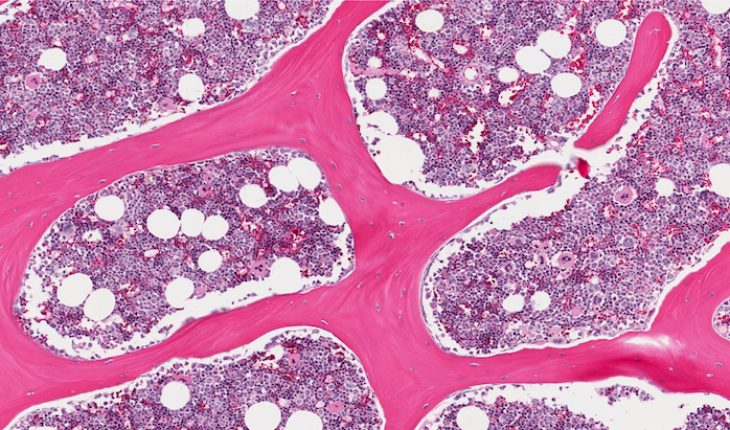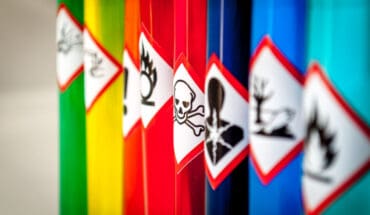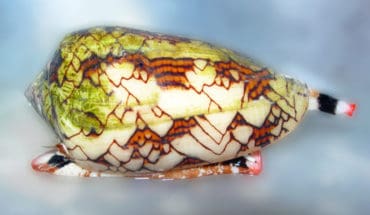The first treatment for all types of leukaemia is usually chemotherapy, a powerful drug treatment that kills the cancerous cells in the blood.
Treatment can also involve a transplant of new blood-forming stem cells, which are produced in the bone marrow, the spongy tissue that forms the centre of the bone. Stem cells are immature cells, which grow to produce healthy red and white blood cells.
Bone Marrow Transplant
The traditional method of obtaining these stem cells is a bone marrow transplant.
Before a transplant takes place, the patient’s abnormal bone marrow is destroyed through total body radiation/chemotherapy.
It requires a matched donor whose cells are compatible with the patients to donate some of their stem cells. The donor is given a general anaesthetic and liquid marrow, around two pints, is removed from the bone via a needle that is inserted into the hipbone. These marrow cells are then injected into one of the recipient’s veins and are carried by the bloodstream to the recipient’s bone marrow where they produce new healthy blood cells.
Peripheral blood stem cell transplant
A new method of obtaining stem cells is a peripheral blood stem cell transplant which involves getting the stem cells into the bloodstream so they can be collected from there. This is done by giving injections of growth factor – natural proteins that normally control the making of blood cells – which cause the stem cells to reproduce rapidly and move from the bone marrow into the blood.
Growth factor can now be made in a laboratory and is given in a short course of daily injections under the skin by a GP or at a hospital outpatient clinic. Once the stem cells are ready in the blood the donor has a drip put into each arm, which are attached to a machine. Blood passes out of one of the drips, through the machine which filters out the stem cells, and then back into the body through the other drip. The process takes around five hours and the stem cells are then frozen.
As with a bone marrow transplant, the patient’s abnormal bone marrow is destroyed through total body radiation before the new stem cells are injected into a vein.
Who can donate stem cells?
This depends on what type of leukaemia you have. Those that respond well to high dose chemotherapy treatment may only need healthy stem cells to speed up the recovery of the bone marrow. In most of these cases, patients receive their own stem cells which are collected when they are in remission and there is no sign of leukaemia. The stem cells are then frozen until after chemotherapy when they are injected back into the patient.
Having someone else’s marrow or stem cells is called a donor transplant, or an allogeneic transplant. It requires a matched donor whose cells are compatible with the patients. The most suitable is usually a close relative such as a brother or sister. It is also sometimes possible to find a match in an unrelated donor. Anyone can volunteer to be a donor and around ten million people are registered throughout the world.
Is donation painful?
A bone marrow collection can leave the donor feeling stiff and sore for a few days afterwards. Some peripheral blood stem cell donors experience itching around the injection site as well as painful bones after having a few injections.
Stem Cells v Bone Marrow
Stem cell transplants are similar to bone marrow transplants but there are two main advantages. The recipient’s blood count recovers more quickly as blood stem cells grow faster than bone marrow grafts. The donor does not have to have a general anaesthetic.
- Stem cell donation - 12th June 2016






